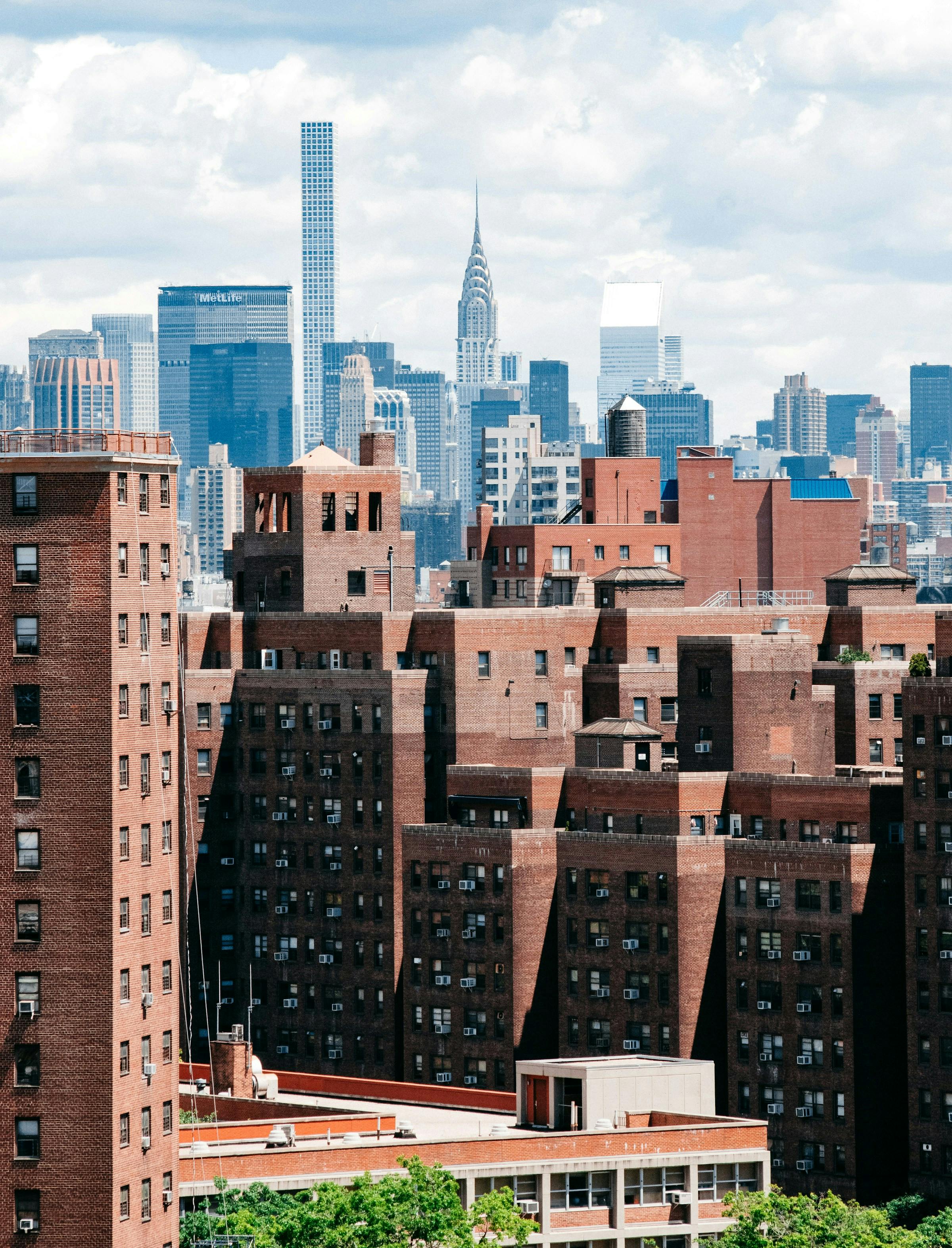Inclusionary Housing Bonus Programs: Trading Density for Affordability
Development Site Advisors®
New York City’s housing challenges are as much about affordability as they are about supply. To address this, the city offers developers the opportunity to increase their project’s size in exchange for the creation or preservation of affordable housing. This exchange happens through the Inclusionary Housing (IH) Program, a central pillar of the zoning toolkit.
For developers, understanding how to utilize the Inclusionary Housing Bonus—whether through the Voluntary Program, Mandatory Inclusionary Housing (MIH), or off-site mechanisms—can be the key to unlocking additional FAR and enhancing financial returns while contributing to the city’s long-term housing goals.
The Two Tracks: Voluntary vs. Mandatory Programs
Voluntary Inclusionary Housing Program (VIH)
Established in the 1980s, the Voluntary program is applicable in certain high-density R10 and equivalent districts (C1-9, C2-8, C4-6, etc.). It allows developers to increase residential FAR (often from 10.0 to 12.0) by reserving a portion of their floor area for affordable housing.
- Affordable units must be rented to households at or below 80% AMI
- Can be provided on-site or off-site (within a half-mile radius)
- Generates floor area bonus—up to 20% of the base residential FAR
Mandatory Inclusionary Housing (MIH)
Introduced in 2016, MIH is triggered through rezonings and applies to newly upzoned areas or private applications that increase residential capacity.
- Developers must set aside a fixed portion of units as permanently affordable
- Two main options: Option 1: 25% of units at 60% AMI Option 2: 30% of units at 80% AMI
- Bonus FAR is built into the rezoning—no separate bonus is earned
- Affordable housing must be permanent and often on-site
Some MIH areas also include an Option 3 (20% at 40% AMI) or Workforce Option under special conditions.
How the Bonus Works
In applicable zones, a developer can:
- Add extra FAR in exchange for affordable units (Voluntary Program)
- Access rezoned density by complying with MIH
- Transfer unused IH rights (e.g., from an off-site sponsor building to a nearby development)
Example: A lot in an R10 zone with 100,000 allowable base residential SF can earn up to 20,000 SF additional residential FAR by committing to the Inclusionary Housing Program—creating a total of 120,000 SF of buildable area.
Where These Programs Apply
- Voluntary IH zones are mapped in parts of the Upper West Side, Williamsburg, Long Island City, and the Bronx
- MIH applies in areas that have undergone rezonings since 2016—such as East New York, Inwood, Gowanus, and portions of SoHo/NoHo
- Some lots are eligible for both programs depending on the zoning district and history of land use actions
Development Considerations
- Rental vs. Condo: Affordable units must generally be rentals, making the bonus more compatible with mixed-income rental buildings
- Location Restrictions: Off-site affordable units must meet distance and zoning equivalency criteria
- Subsidies: Projects can layer in LIHTC, tax-exempt bonds, or 421-a (if eligible) to improve feasibility
- Monitoring & Compliance: Affordable units must be registered, income-certified, and maintained in perpetuity under MIH
How Development Site Advisors® Can Help
At Development Site Advisors®, we specialize in identifying, modeling, and executing density bonus opportunities for developers, investors, and property owners. Our team provides:
- Inclusionary Housing Bonus Feasibility Studies
- Zoning analysis to determine program eligibility
- Off-site acquisition and pairing strategies
- Underwriting for mixed-income development models
Whether you’re pursuing an upzoning, acquiring land in a mapped MIH area, or evaluating off-site bonus potential, we help you unlock the full value of inclusionary density.

